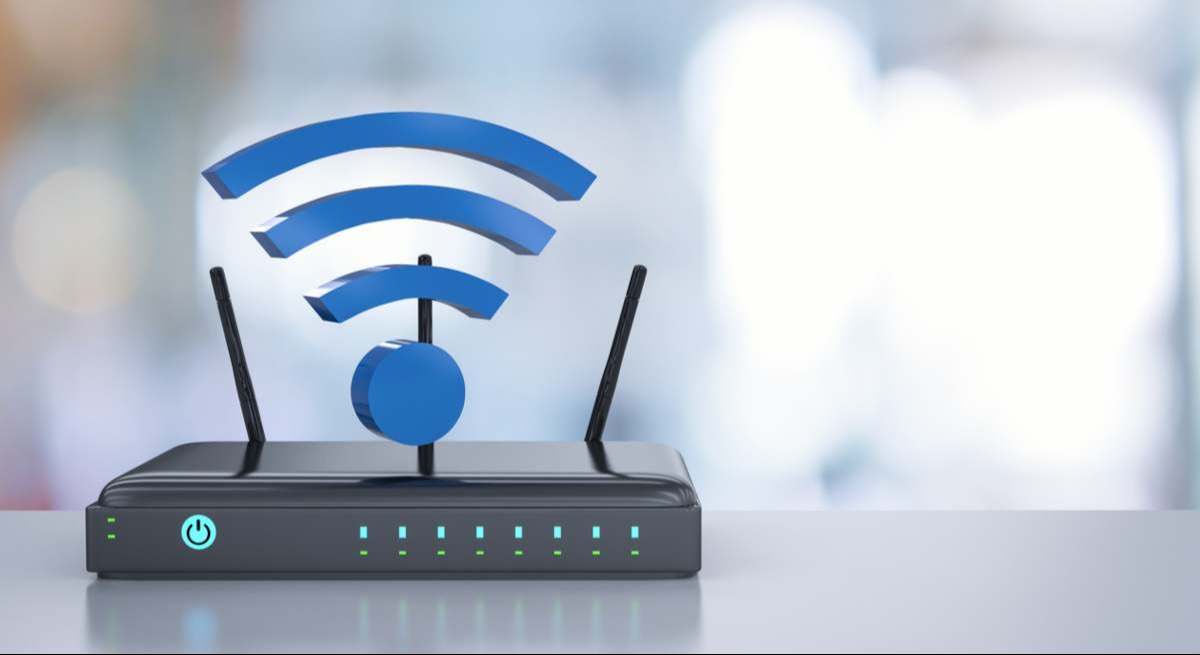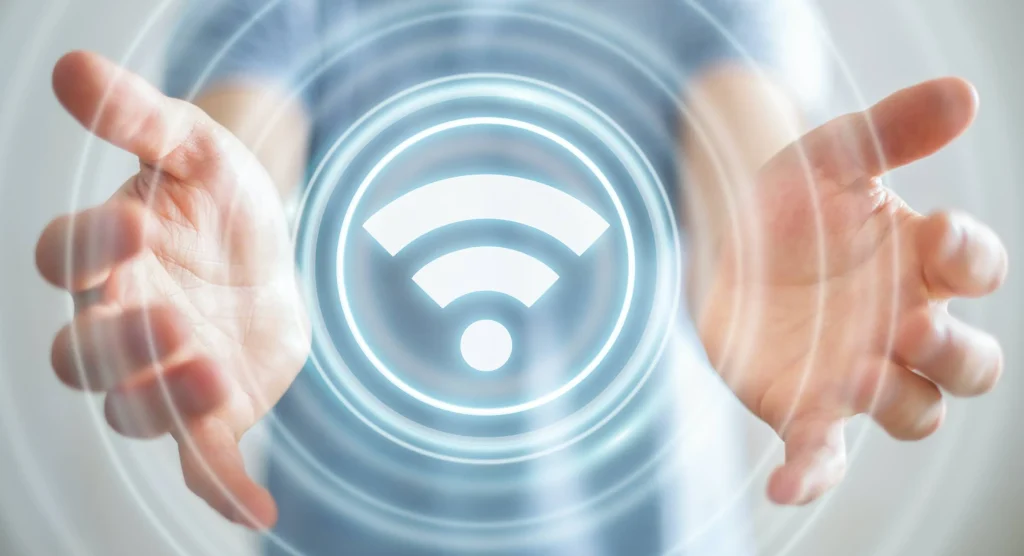
Have you ever wondered how Wi-Fi works? Wi-Fi, short for Wireless Fidelity, is a technology that allows devices to connect to the internet wirelessly. However, many people often confuse Wi-Fi with the internet itself. To clarify, Wi-Fi is a means of connecting devices—like smartphones, laptops, and tablets—to a local area network (LAN), which then connects to the broader internet.
How Does Wi-Fi Work?
At its core, Wi-Fi uses radio waves to transmit data between your device and a router. The router acts as a bridge between your local network and the internet. When you send or receive information online, it travels through these radio waves in packets of data. This process occurs at high speeds and enables multiple devices to connect simultaneously without physical cables.
Understanding Wi-Fi also involves recognizing its limitations compared to the internet. While Wi-Fi provides access to your home or office network, the actual speed and performance depend on your internet service provider (ISP) and the plan you subscribe to. In essence, while Wi-Fi facilitates wireless connectivity within a localized area, it relies on an external source—your ISP—for broader access to online content.
In summary, when we discuss what Wi-Fi is and how it works, it’s essential to differentiate between this wireless technology and our actual connection to the vast world of information available online through the internet.
The Magic Behind Wi-Fi

While it may seem like a mystical force that allows us to connect to the internet without wires, the reality is much more grounded in science and technology. To understand how Wi-Fi works, we must first clarify what it actually is. Wi-Fi is a technology that enables devices such as smartphones, laptops, and tablets to communicate with each other and access the internet wirelessly.
At its core, Wi-Fi operates using radio waves. A router sends out these radio signals that carry data between your device and the internet. When you connect to a Wi-Fi network, your device communicates with the router through these waves, allowing for seamless data transfer. This process involves various protocols defined by standards like IEEE 802.11.
It’s important to distinguish between Wi-Fi and the internet itself; while they are often used interchangeably in casual conversation, they are not the same thing. The internet refers to the vast network of interconnected servers and devices worldwide, whereas Wi-Fi is simply one method of connecting your device to this larger network.
In summary, while there may be no magic involved in how Wi-Fi works, its ability to deliver high-speed connectivity wirelessly certainly feels impressive—and has transformed how we interact with technology in our daily lives.
